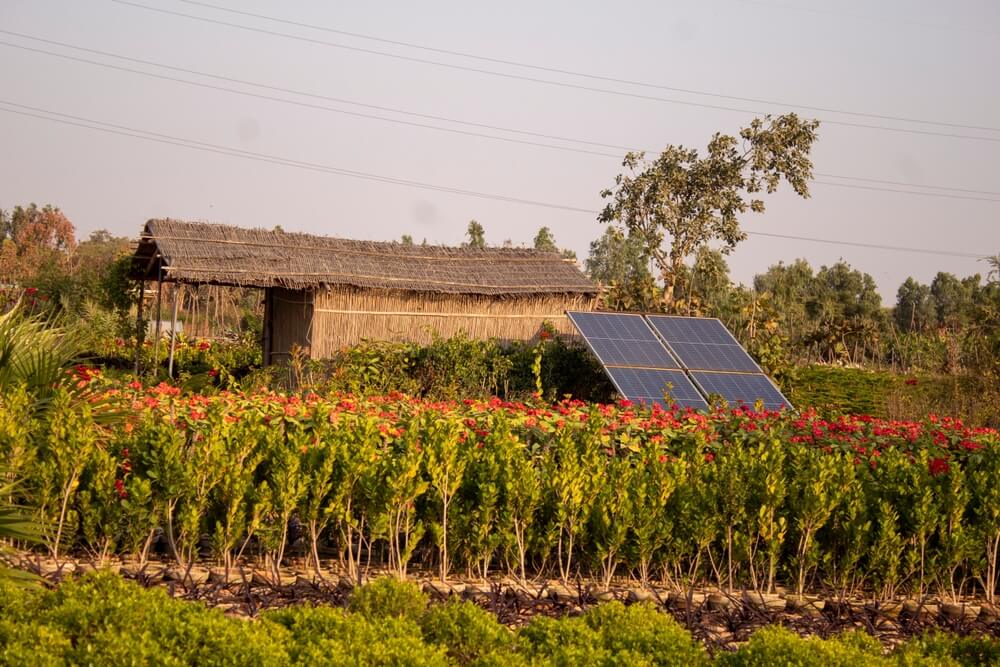21 Money-Saving Homesteading Skills That Cut Costs And Boost Self-Reliance
Welcome! This article contains affiliate links, meaning I get a commission if you decide to make a purchase through my links, at no extra cost to you.
When grocery bills keep climbing and paychecks stay flat, it’s time to fight back with these money-saving homesteading skills! We’re talking about more than backyard hobbies. These skills are your secret weapons against rising costs and uncertain times. They can transform you from consumer to producer, put real money back in your pocket, and help build the self-reliant life you’ve always dreamed of.

Sound worthwhile?
Then let’s brainstorm the 21 best homestead skills!
21 Essential Homesteading Skills To Save The Most Money
Here are 21 essential skills that’ll slash your expenses, boost your income, and help you become a confident, capable, self-reliant homesteader!
1. Foraging And Plant Identification

Learning to identify edible plants, mushrooms, and wild herbs transforms your daily walk into a treasure hunt. Foraging provides fresh, nutrient-dense foods while building your confidence as a self-sufficient provider. Foraging options range widely from dandelion greens in spring to wild berries in summer.
- Safety first: Never eat anything you’re not 100% certain about. Misidentification can be deadly!
- Start local: Join foraging groups or take guided walks in your area to learn from experienced locals.
- Document everything: Keep a photo journal with detailed notes on locations, seasons, and growing conditions for future reference.
Begin with easily identifiable plants like dandelions, plantain, and wild garlic, which grow almost everywhere and have no dangerous look-alikes.
2. Meal Planning And Scratch Cooking

Your kitchen becomes your command center when you master the art of cooking from scratch. Planning meals around seasonal ingredients and bulk purchases can cut food costs by 40% or more. This skill builds resilience, saves money, and ensures you always know exactly what’s going into your body.
- Master the staples: Stock flour, rice, beans, and spices in bulk. They’re the foundation of countless meals.
- Seasonal planning: Plan weekly menus around what’s in season or on sale to maximize savings.
- Batch cooking: Cook large portions on weekends and freeze half for busy weeknights.
Start with simple one-pot meals, such as chili, stew, and soup. They’re forgiving, nutritious, and can easily feed a family for under $20.
3. Making And Selling Handmade Goods

Your hands hold the power to create income streams that corporate downsizing can’t touch. Whether it’s woodworking, pottery, soap making, or crafting, handmade goods tap into people’s desire for authentic, quality items. The joy of creating something beautiful with your own hands is matched only by the satisfaction of earning honest money from your talents!
- Start with what you love: Your passion shines through in the final product and sustains you through learning curves.
- Price for profit: Include materials, time, and profit margin. Don’t undersell your skills!
- Build online presence: Use social media and craft platforms to reach customers beyond your local area.
Many successful crafters begin with simple items, such as candles, soap, or wooden cutting boards, which can sell for $15 to $50 each at local markets or Etsy.
Read More – 21 Delicious Apple Tree Cultivars And Varieties For Your Garden Or Food Forest!
4. Beekeeping
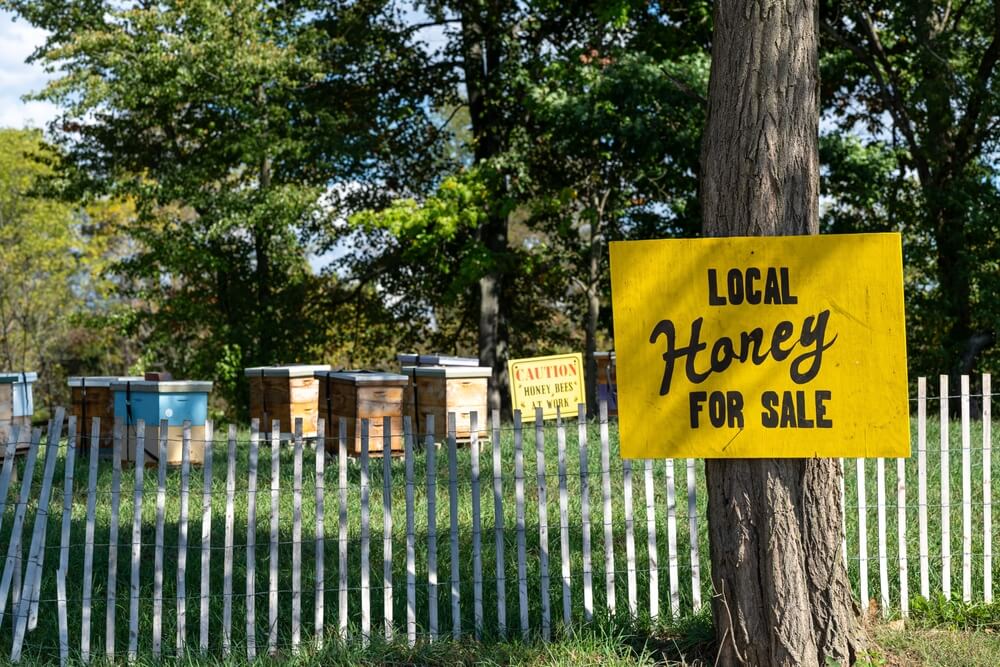
Beekeeping provides liquid gold (honey) that never spoils, natural medicine (propolis and royal jelly), and supports local ecosystems. A single beehive can easily produce 30 to 100 pounds of honey annually. Plus, you’re supporting crucial pollinators that help your garden and local agriculture thrive.
- Find a mentor: Join local beekeeping associations. Experienced beekeepers love sharing knowledge.
- Start small: Begin with 2 to 3 hives to learn without becoming overwhelmed.
- Location matters: Place hives where bees have access to a diverse range of flowers and clean water sources.
Many extension offices offer beginner beekeeping courses, and the initial investment of $300 to $500 per hive typically pays for itself within two years.
5. Bartering And Negotiating
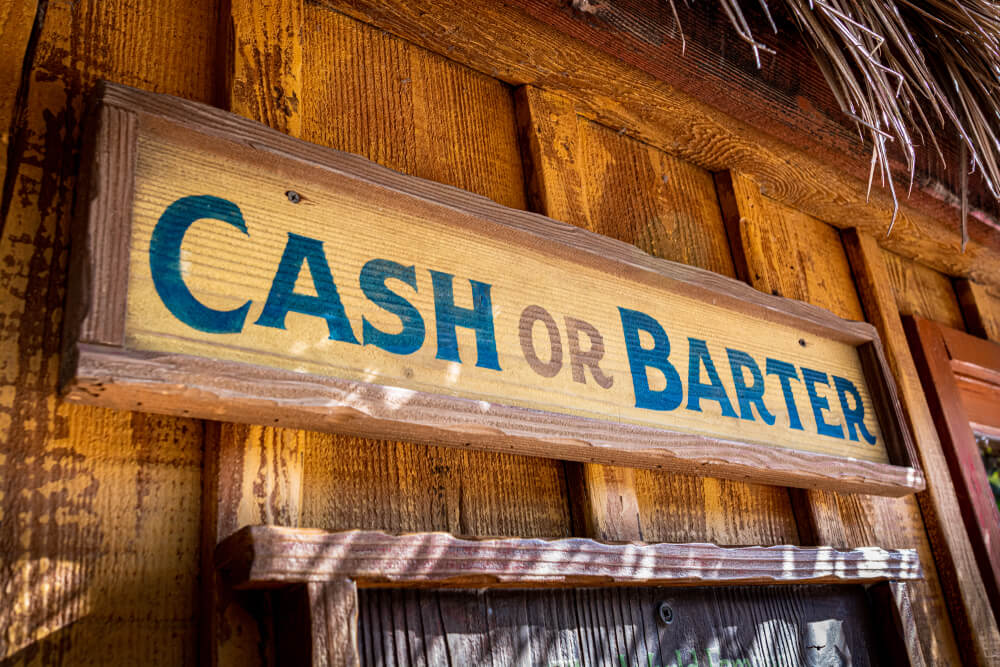
Cash isn’t the only currency in rural communities! Bartering skills open doors to incredible deals and build lasting relationships with neighbors. Trade your excess tomatoes for mechanical work, or exchange babysitting for fresh eggs. Practical negotiation skills can save thousands of dollars annually on everything from vehicles to property purchases.
- Know your value: Research what your goods or services are worth before entering any trade.
- Win-win mindset: Look for deals where both parties feel they’re getting something valuable.
- Build relationships first: People prefer doing business with folks they know and trust.
Practice by trading surplus garden produce at farmers’ markets or local Facebook groups to build confidence and connections.
6. Gardening And Food Production
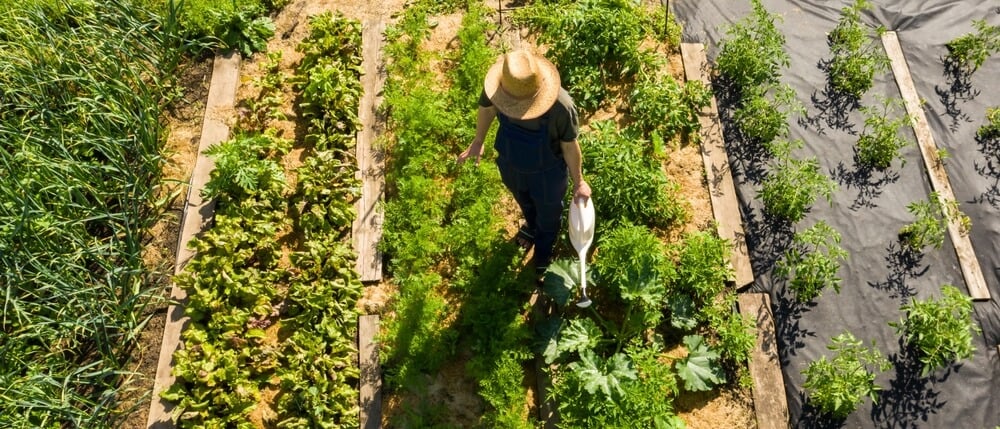
Your backyard food forest is essentially a personal paradise and pharmacy rolled into one! A well-planned garden can provide fresh produce for 4 to 8 months of the year, dramatically reducing grocery expenses. The pride of serving a meal grown entirely from your soil is unmatched, and surplus crops create wonderful gifts or opportunities for barter.
- Start with easy crops: Lettuce, radishes, and herbs give quick wins while you learn.
- Improve soil first: Test your soil and add compost. Healthy soil equals healthy plants.
- Succession planting: Plant small amounts every 2 to 3 weeks for continuous harvests.
A 4×8-foot raised bed can easily produce over $400 or $500 worth of vegetables annually while costing only $100 to $200 to establish.
Read More – 21 Fast-Growing Shrubs And Trees For Growing Sustainable Firewood In Your Backyard!
7. DIY Home Repairs And Maintenance
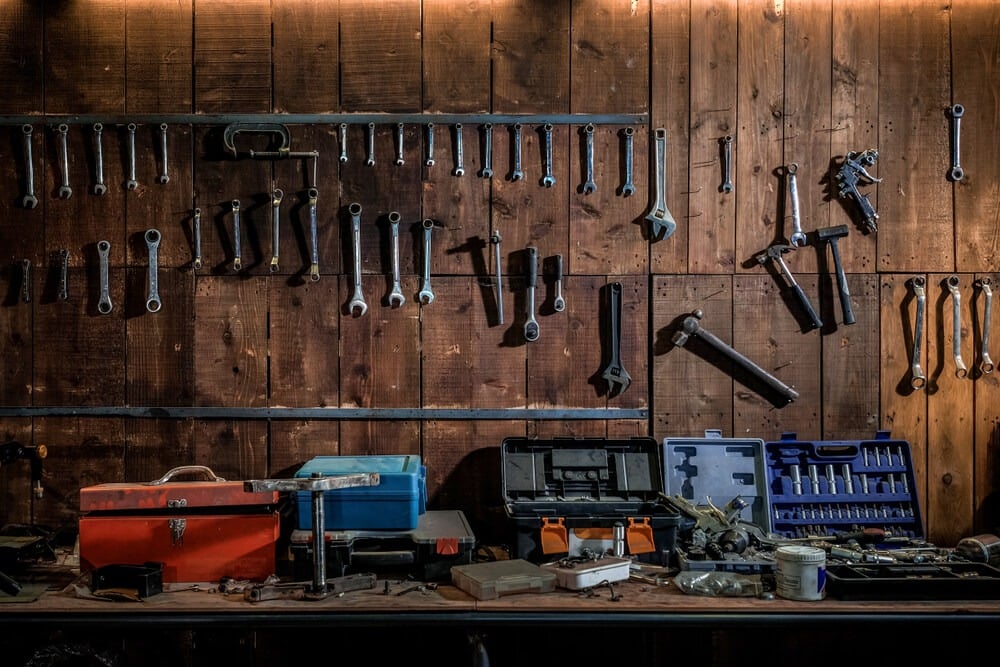
Your superpower as a homesteader is the ability to fix things yourself! Basic plumbing, electrical work, and general maintenance skills can save thousands in contractor fees annually. YouTube and local workshops make learning these skills more accessible than ever. The best part is that your confidence from solving problems with your own hands builds self-reliance that extends far beyond home repairs.
- Safety first: Know when to call professionals! Electricity and gas aren’t worth the risk.
- Invest in quality tools: Good tools last for decades, making jobs easier and safer.
- Document everything: Take photos before disassembly and keep maintenance records.
Start with simple projects, such as fixing leaky faucets, replacing outlet covers, or painting rooms. Each success builds confidence for tackling bigger challenges.
8. Seed Saving And Propagation
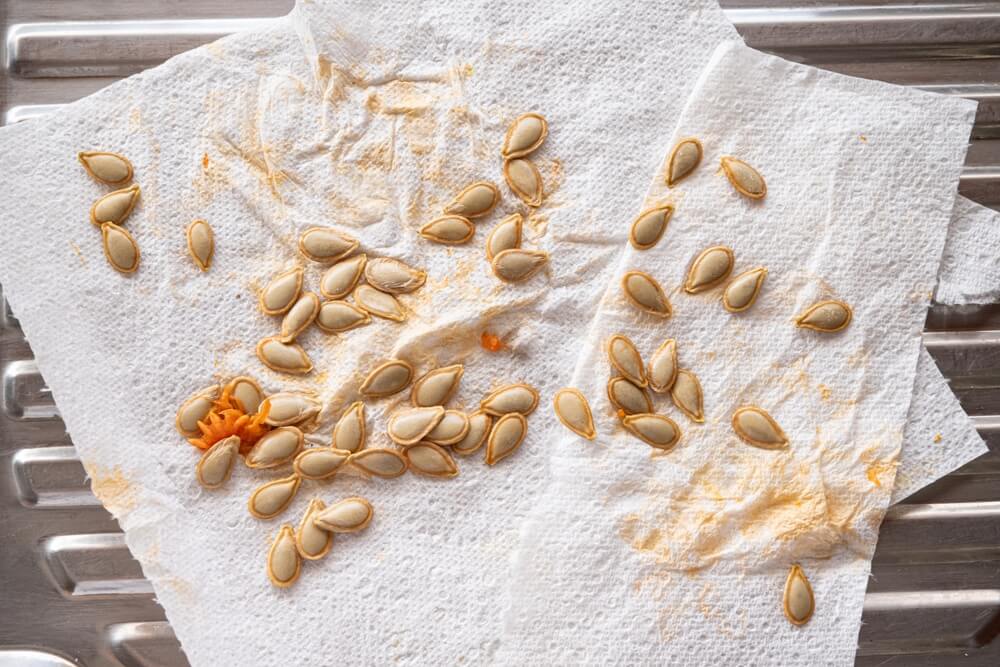
Saving seeds from your best-performing plants creates free inventory for next year’s garden. It also helps preserve varieties perfectly adapted to your local conditions. This skill can turn a $3 packet of seeds into hundreds of dollars worth of plants.
- Choose open-pollinated varieties: Hybrid seeds won’t reproduce true to type.
- Harvest at peak ripeness: Seeds from fully mature fruits have better germination rates.
- Proper storage: Store seeds in a dark, cool, dry place. Label with the variety and date.
Begin with easy-to-save seeds, such as beans, peas, pumpkins, and tomatoes. Expand to flowers and herbs as your confidence grows.
9. Budgeting And Financial Literacy

Money management is the foundation that supports every other aspect of homesteading. Understanding cash flow, debt reduction, and investment principles can make your life as a homesteader way easier. Master these skills, and you’ll find ways to fund land purchases, equipment, and improvements that seemed impossible before.
- Track every penny: Use apps or spreadsheets to see where your money goes.
- Build emergency fund: Aim for 3 to 6 months of expenses saved for unexpected costs.
- Automate savings: Set up automatic transfers that go directly into your savings account. Pay yourself first!
Learn about finance through free resources, including library books, online courses, and local credit union workshops. The knowledge pays dividends for life.
Read More – 15 Things Nobody Tells You About Living The Homestead Life!
10. Alternative Energy (Solar, Wind)
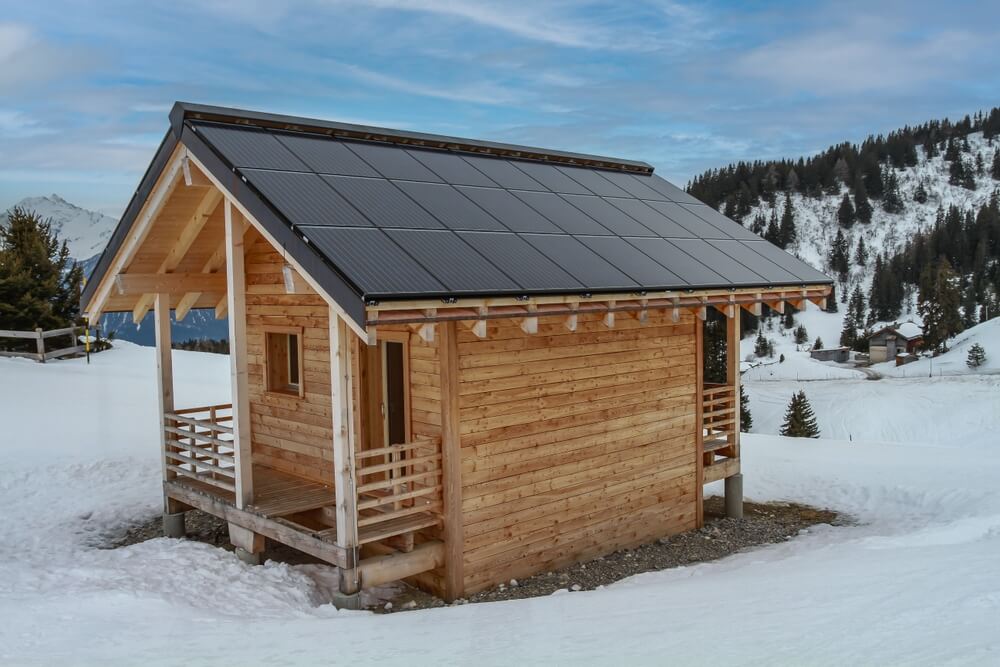
Harness the power of nature to slash your utility bills! Solar generators, panels, and wind generators are more affordable than ever, with many systems paying for themselves within 5 to 7 years. The satisfaction of powering your homestead with green, clean, renewable energy while saving money creates a winning combination.
- Start small: Begin with a solar battery backup system for essentials, then expand.
- Check incentives: Research federal, state, and local rebates before purchasing to maximize your savings.
- Professional installation: Complex electrical work requires the services of licensed professionals for safety and warranty purposes.
A basic 5 kW solar system can save $1,000 to $2,000 annually on electricity bills and often qualifies for significant tax credits.
11. Thrifty Shopping And Buying Secondhand

Treasure hunting for homestead and garden gear can become a profitable hobby when you master the art of secondhand shopping. Thrift stores, estate sales, and online marketplaces offer excellent deals on a wide range of valuable homestead items, from tools to tractors to lawn furniture. Many savvy shoppers even flip their finds for profit.
- Know your measurements: Always carry a tape measure and be aware of the dimensions of your spaces.
- Research before buying: Check retail prices on your phone to recognize the best deals.
- Inspect thoroughly: Look for defects, missing parts, or damage before making a purchase.
Start by shopping for non-essential items, such as books, décor, and clothing, to practice your skills before making significant purchases.
12. Clothing Repair And Sewing

Sewing skills can be surprisingly profitable on the homestead. And you don’t have to be a fancy, world-class stitcher. Basic mending and alteration skills can dramatically extend the life of clothing, while sewing your garments provides a custom fit and style. This skill can save hundreds of dollars annually on clothing expenses.
- Learn basic repairs: Patching, hemming, and replacing buttons extend clothing life significantly.
- Invest in a high-quality machine: A reliable sewing machine can last for decades and handle even the heaviest fabrics.
- Practice on scraps: Build confidence with throwaway fabric before working on good clothes.
There are dozens of fun YouTube channels that teach sewing, and skilled sewists can earn between $15 and $25 per hour by doing alterations.
Read More – 29 Real-World Skills For Becoming More Self-Sufficient!
13. Water Conservation And Rainwater Harvesting
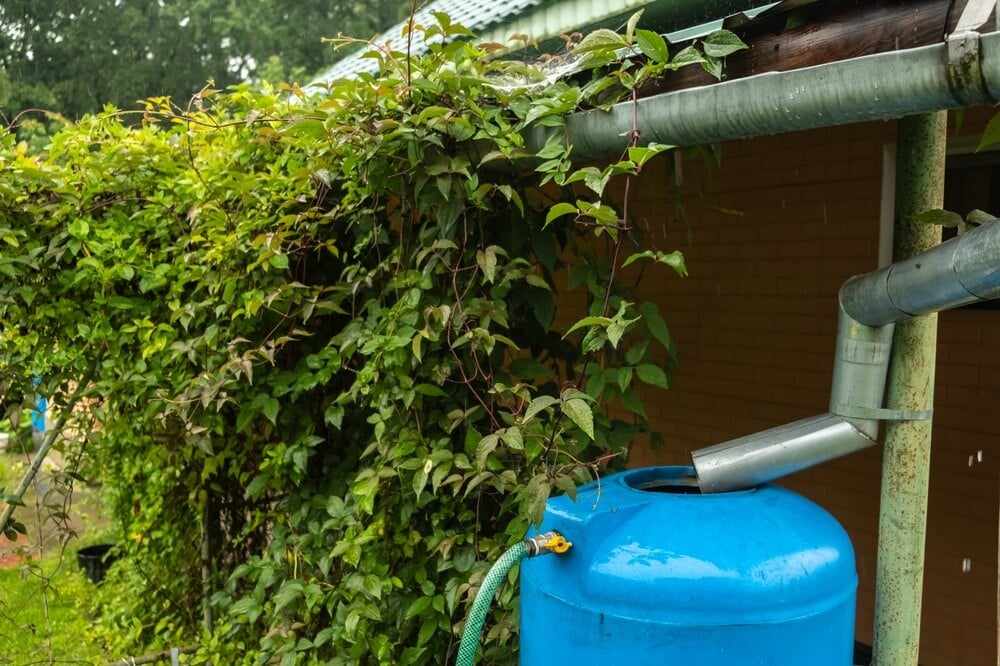
Every drop counts when you’re managing your water resources, especially in the hot summer weather. Rainwater harvesting systems provide free water for gardens and livestock while reducing reliance on wells or city tap water. Conservation methods, like mulching and drip irrigation, maximize the impact of every gallon of water. These skills help you maintain lush gardens even in the most challenging conditions.
- Calculate roof catchment: A 1,000 sq ft roof collects 600+ gallons per inch of rainfall.
- First flush diverters: Divert the first few minutes of rain to remove roof debris.
- Gravity-fed systems: Design systems that work without electricity for reliability.
Start with simple rain barrels under downspouts, then expand to larger cisterns as you gain experience and see the water savings.
14. Raising Livestock (Chickens, Goats, etc.)

Your backyard is a lovely source of fresh protein and dairy products! Chickens provide eggs and meat while entertaining with their personalities and pest control services. Goats offer milk, cheese, and natural brush clearing. Livestock generates ongoing income streams through the sale of eggs, milk, meat, and breeding stock, while teaching responsibility and animal husbandry skills.
- Start with chickens: They’re the easiest livestock for beginners and provide daily eggs.
- Predator-proof housing: Secure coops prevent heartbreak and financial losses.
- Plan for daily care: Livestock need attention 365 days a year, rain or shine.
Six hens can provide 2 to 3 dozen eggs weekly! That can be worth as much as $150 to $300 annually. You can also offer premium eggs and sell them for $4 to $6 per dozen.
15. Composting And Soil Building
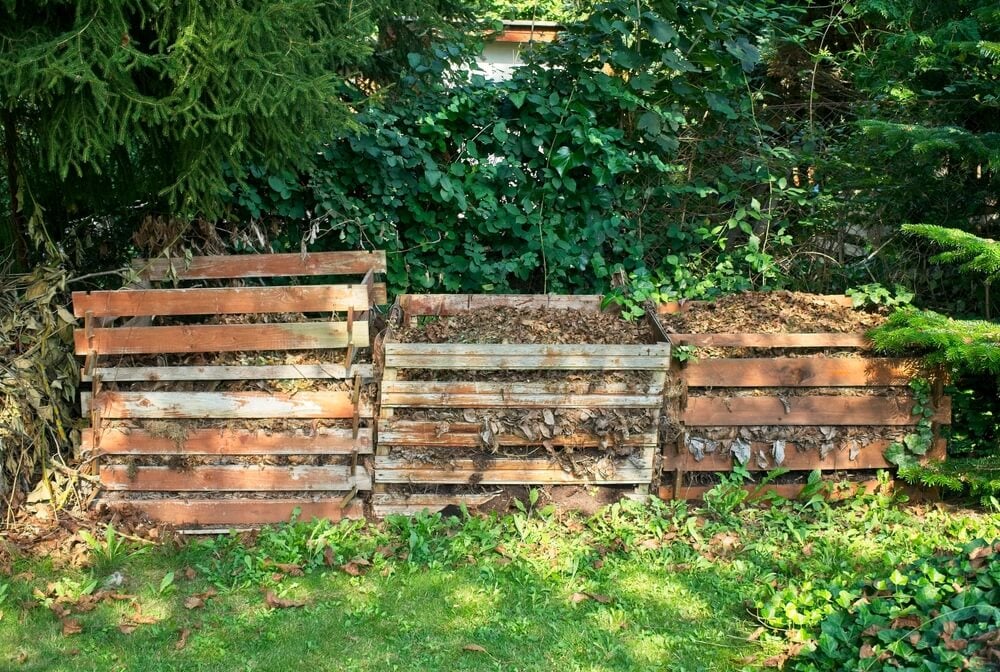
You can easily transform waste into garden gold through the magic of composting. Kitchen scraps and yard waste become nutrient-rich soil amendments that would cost hundreds to purchase. This skill closes the loop on waste while building the foundation for abundant harvests year after year.
- Brown and green balance: Mix carbon-rich browns (such as leaves) with nitrogen-rich greens (like kitchen scraps).
- Turn regularly: Aerate compost piles every 2 to 3 weeks to speed decomposition.
- Temperature matters: Hot composting (130 to 160°F) kills pathogens and weed seeds.
Begin with a simple compost bin system made from pallets or wire fencing. It’s free to build and can produce hundreds of pounds of compost annually.
Read More – 13 Low-Cost Privacy Trees That Grow Surprisingly Fast!
16. Food Preservation

Your harvest season extends year-round with proper preservation techniques. Canning, dehydrating, and freezing allow you to enjoy summer’s bounty during winter months. These skills dramatically reduce grocery bills while ensuring food security. Few garden pleasures beat opening a jar of homemade sauce in January that tastes like summer sunshine!
- Learn safe methods: Follow tested recipes and times to prevent foodborne illness.
- Invest in quality equipment: Good canners, dehydrators, and vacuum sealers last for decades.
- Label everything: Include contents, date, and processing method on all preserved foods.
Start with high-acid foods like tomatoes, pickles, and jams, which are safer for beginners and can save $300 to $500 annually on store-bought equivalents.
17. Live Within Your Means – Frugal Living
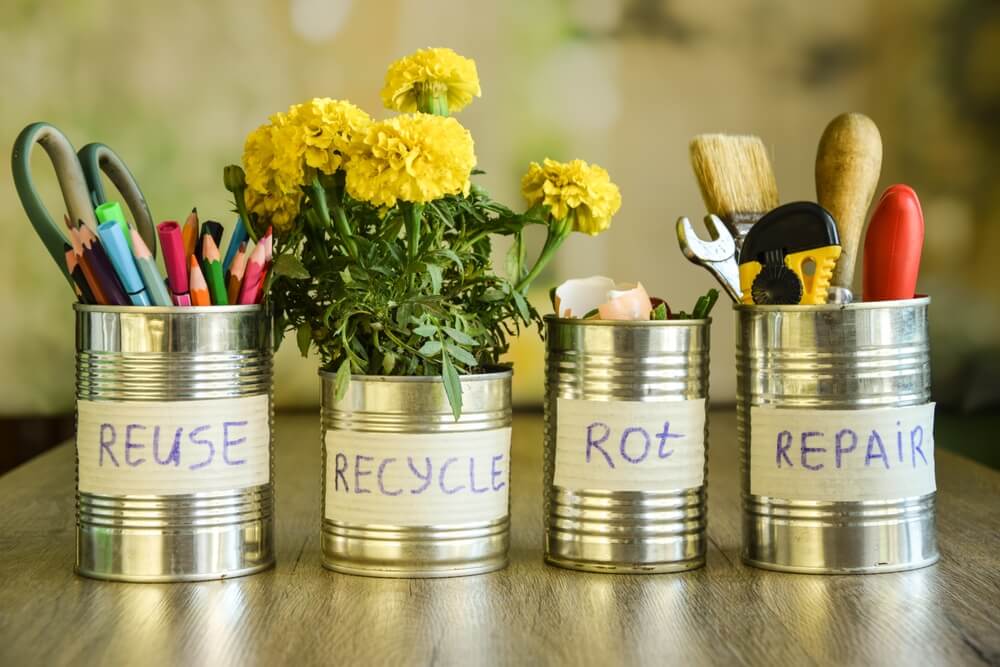
Frugality is a superpower that all homesteaders should strive to achieve. This mindset shift distinguishes between wants and needs and encourages you to find joy in simple pleasures and creative solutions. It’s not about depriving yourself – the idea is to save your money wisely so you don’t have to work as hard on the homestead.
- Question every purchase: Ask, “Do I need this, or just want it?” before making a purchase.
- Embrace DIY: Learn to repair, make, and grow instead of buying new.
- Discover free entertainment: Nature walks, library books, and community events are all available at no cost.
Practice the 24-hour rule for non-essential purchases. You’ll be amazed how many “must-haves” lose their appeal after a day.
18. Basic Mechanical Skills
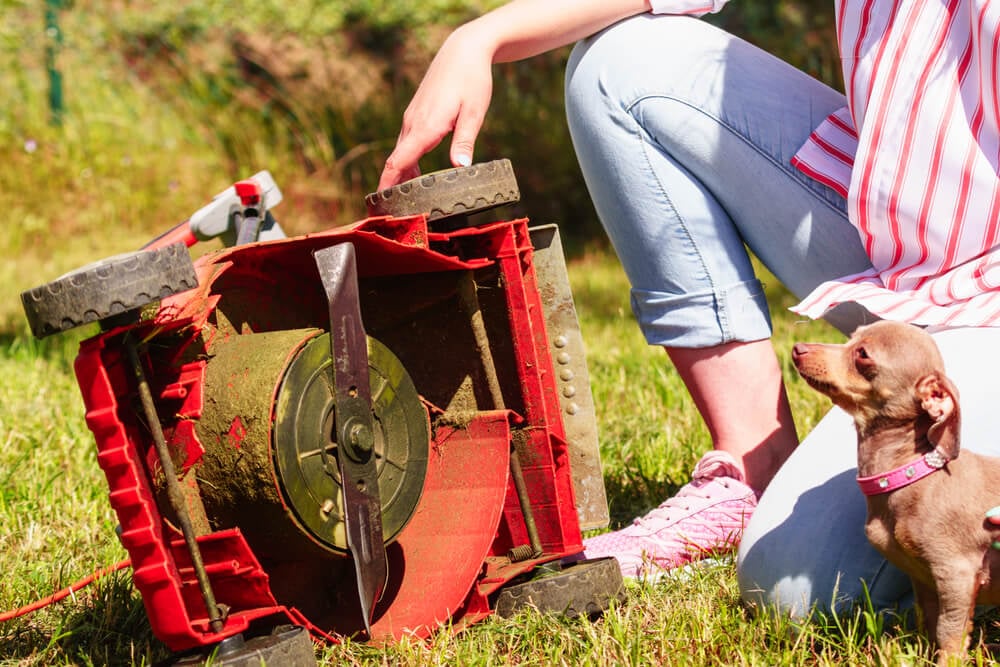
Your toolbox becomes your best friend when you can diagnose and fix mechanical problems. Understanding lawn mower engines, hydraulics, and machinery helps keep equipment running smoothly and avoid expensive repair bills. These skills are especially valuable in rural areas where mobile mechanics charge premium rates.
- Start with small engines: Lawn mowers and chainsaws teach basic repair principles.
- Maintain accurate records: Document maintenance schedules and repair histories for all equipment to ensure proper upkeep.
- Build relationships: Befriend experienced mechanics who can mentor and advise.
Practice oil changes, air filter replacements, and spark plug maintenance. These simple tasks can save you $500 or more annually and prevent costly repairs.
Read More – Our All-In-One Guide To Growing Delicious Blackberry Shrubs From Seed Or Cuttings!
19. Emergency Preparedness

Peace of mind comes from knowing you’re ready for whatever life throws your way. Preparedness skills include food storage, water purification, first aid, and communication systems. Rural locations often face unique challenges during emergencies, making self-sufficiency a crucial priority.
- Start with basics: Water, food, first aid, and communication are your top priorities.
- Rotate supplies: Use and replace stored food and batteries regularly to maintain freshness.
- Practice scenarios: Run drills for power outages, water loss, and communication failures.
Begin with a 72-hour kit for each family member, then gradually build up to two weeks of supplies as your budget allows.
20. Basic Carpentry And Building

Your imagination becomes reality when you can build with your own hands! Carpentry skills enable the construction of chicken coops, garden beds, storage sheds, and home improvements. These projects would cost thousands if contracted out, but become achievable DIY projects with basic skills and tools.
- Learn proper measuring: “Measure twice, cut once” saves materials and frustration.
- Invest in quality tools: Good saws, squares, and levels make projects easier and more accurate.
- Start small: Build simple projects, such as garden beds, before tackling more complex structures.
A basic chicken coop, which costs $200 in materials, would cost $800 to $1,200 to have built, making carpentry skills extremely valuable.
21. Basic Animal Husbandry

Healthy farm animals lead to sustainable productivity and lower veterinary costs. Understanding animal nutrition, breeding, and healthcare enables your beloved livestock to thrive while maximizing production. Caring for them creates a positive cycle of abundance!
- Learn normal behavior: Recognize signs of illness or distress in your animals early.
- Establish vet relationships: Find rural vets who understand small-scale livestock operations.
- Keep detailed records: Track breeding, health treatments, and production for better management.
Start with 4-H programs or extension workshops to learn hands-on animal care from experienced mentors in your community.
Read More – How To Grow Delicious Jerusalem Artichokes From Tuber To Harvest!
Conclusion

These money-saving homesteading tips are all about reclaiming your independence and building a life of abundance from the ground up. Pick one skill that excites you most, start small, and watch as your confidence and savings account both grow. Every dollar you save goes toward the self-sufficient future you’re building!
What about you?
- Will you try any of these homestead skills?
- Which homestead tasks cost you the most out of pocket?
- What other homesteading skills do you find the most valuable?
Thanks for reading.
Have a great day!

